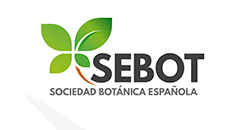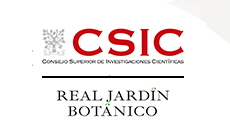Scientific Area
“Iconotypes” at the Natural History Museum Vienna and the importance of color systems, such as those utilized by Ferdinand Bauer
ID: 613 / 219
Category: Abstract
Track: Pending
Proposed Symposium Title: “Iconotypes” at the Natural History Museum Vienna and the importance of color systems, such as those utilized by Ferdinand Bauer
Authors:
Tanja M. Schuster1, Mario-Dominik Riedl1, Sarah M. Fiedler1, Martin Krenn1, Heimo Rainer1, David J. Mabberley2, 3, 4
Affiliations: 1 Natural History Museum Vienna, Vienna, Austria 2 Wadham College, University of Oxford, Oxford, United Kingdom 3 School of Natural Sciences, Macquarie University, Sydney, Australia 4 Australian Institute of Botanical Science (Royal Botanic Gardens and Domain Trust), Sydney, Australia
Abstract:
Aside from the more commonly selected herbarium specimens for this purpose, a botanical illustration, in particular a historical one, can also serve as type for the name of a taxon. Although the term “iconotype” is not formally used in the International Code of Nomenclature for Algae, Fungi, and Plants, it is generally understood to be an illustration that serves as the type for the name of a taxon. For example, the lectotypes of many Linnaean binomials are illustrations. When a type specimen is lost or destroyed, illustrations prepared from the original material can be candidates for types; such illustrations are obligate lectotypes when all other original material has been lost.
The Archive for the History of Science at the Natural History Museum Vienna holds many such “iconotypes.” These include illustrations used in Jacquin’s, Schott’s, and others’ taxon descriptions. Use of illustrations as types is facilitated if they were made using standardized coloration. An outstanding example of this is the work of Ferdinand Lucas Bauer. Bauer’s pencil field-sketches, now almost all at the Natural History Museum Vienna, were the bases for colored illustrations (mostly now at The Natural History Museum London), some of which are types. The drawings are important, as they include information omitted from the final, colored illustrations, such as collection localities, dates, and additional detailed sketches of descriptive morphological characters. The field drawings enabled Bauer to produce colored plates of exceptional aesthetic and scientific quality by employing numerical and other codes, which indicate the hue, brightness, opacity, and texture of particular parts of the living organism.




